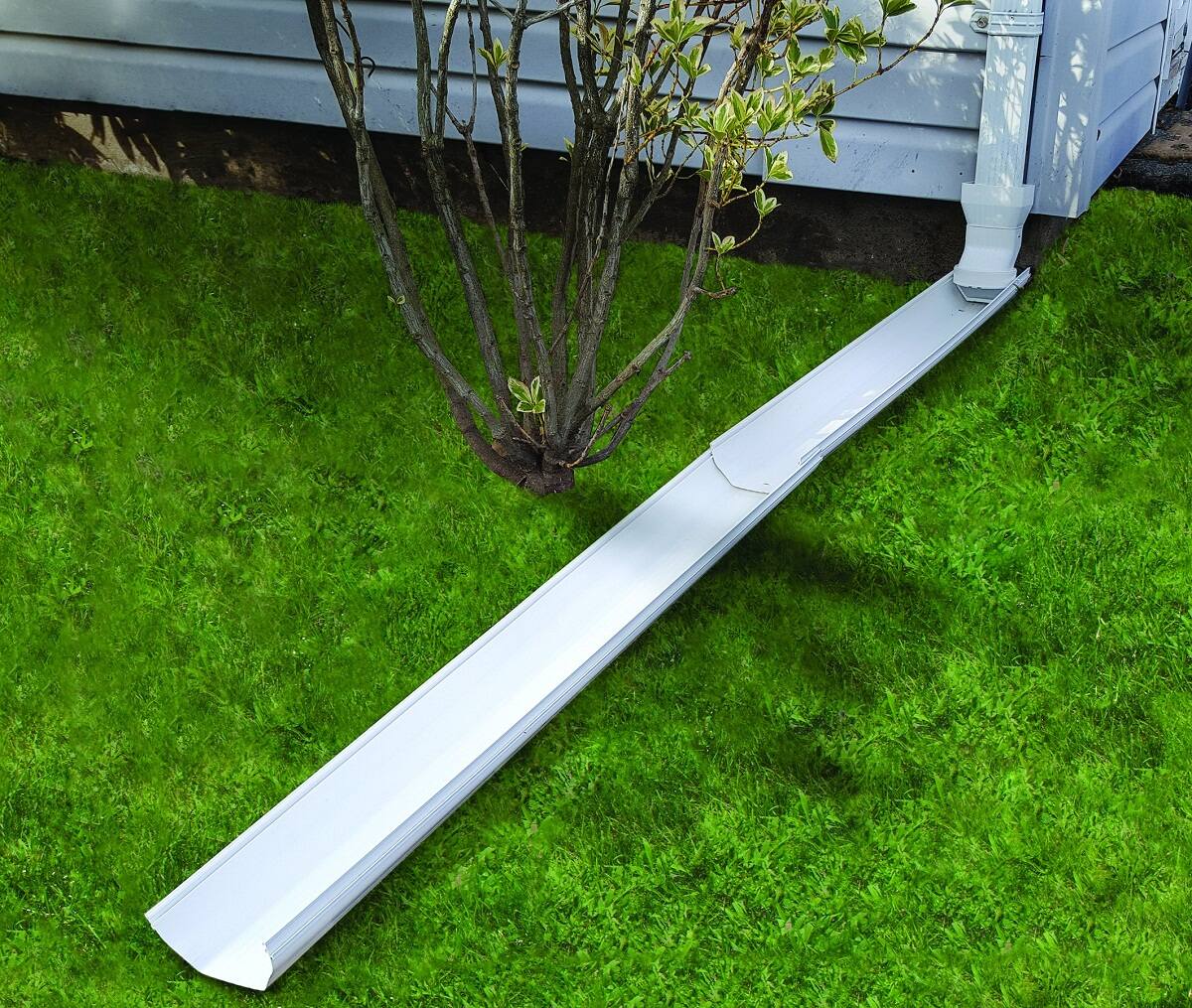

Articles
How Far Away From House Should Gutters Drain
Modified: May 6, 2024
Find out the ideal distance for gutters to drain water away from your house in this informative article.
(Many of the links in this article redirect to a specific reviewed product. Your purchase of these products through affiliate links helps to generate commission for Storables.com, at no extra cost. Learn more)
Introduction
Gutters are an essential component of a home’s drainage system, helping to collect and redirect rainwater away from the foundation. However, the distance at which gutters drain from the house is often overlooked but plays a crucial role in preventing water damage and foundation problems. This article will explore the importance of proper gutter drainage and discuss the factors to consider when determining the distance at which gutters should drain from the house.
When it comes to maintaining a healthy and functional home, proper gutter drainage is paramount. Without adequate drainage, rainwater can accumulate near the foundation, leading to a variety of issues such as basement flooding, erosion, mold growth, and even damage to the structural integrity of the building. Therefore, it is essential to understand how far away from the house gutters should drain to ensure optimal drainage and protect your home.
Key Takeaways:
- Proper gutter drainage is crucial for preventing foundation damage, basement flooding, and erosion. Consider roof pitch, climate, soil type, and landscaping when determining the ideal drainage distance.
- If gutters don’t drain far enough, it can lead to serious issues like foundation damage, basement flooding, and exterior surface deterioration. Implement solutions like downspout extensions and French drains to improve gutter drainage.
Read more: How To Extend Gutters Away From House
Importance of Proper Gutter Drainage
Proper gutter drainage is vital for several reasons. One of the primary purposes of gutters is to collect rainwater from the roof and safely divert it away from the house’s foundation. By doing so, it helps prevent water damage and maintains the structural integrity of the building.
Without effective gutter drainage, rainwater can flow directly down the sides of the house, causing a cascade of problems. The excess water can seep into the foundation, saturating the soil and leading to potential foundation cracks, shifting, or even collapse over time.
In addition to foundation issues, improper gutter drainage can contribute to basement flooding. When rainwater is not directed away from the house, it can pool around the foundation and find its way into the basement, causing water damage, mold, and mildew growth.
Furthermore, the excessive moisture caused by poor gutter drainage can result in soil erosion around the foundation. When the soil erodes, it creates voids or gaps, compromising the stability of the building’s structure. This can lead to further foundation issues and costly repairs.
Proper gutter drainage also helps prevent potential landscaping damage. When rainwater is not effectively directed away from the house, it can wash away soil, drown plants, and create unsightly and muddy areas around the property.
Overall, proper gutter drainage is crucial for maintaining a dry and sturdy foundation, preventing basement flooding, preserving the integrity of the landscape, and avoiding costly repairs down the line. By ensuring that gutters drain at the appropriate distance from the house, you can protect your home from water damage and enjoy peace of mind during rainy seasons.
Factors to Consider for Gutter Drainage Placement
When determining the placement of gutter drainage, several factors need to be taken into account to ensure optimal performance. These factors include:
- Roof Pitch: The pitch or slope of the roof is important in determining the speed at which rainwater flows off the roof. Steeper roofs tend to allow water to flow faster, so the drainage system should be designed to handle higher volumes of water.
- Climate: The climate in which the house is located plays a significant role in determining the appropriate distance for gutter drainage. Areas with heavy rainfall or frequent storms may require gutters to drain farther away from the house to prevent water buildup and potential damage.
- Soil Type and Grading: The type of soil around the house and its grading can impact the rate at which water is absorbed or drained away. Sandy or well-draining soil may require gutters to discharge water closer to the house, while clay or poorly draining soil may necessitate drainage farther away.
- Foundation Design: The type and design of the foundation can influence the placement of gutter drainage. Some foundations may be more susceptible to water damage than others, and proper drainage should be considered to protect the foundation’s integrity.
- Landscaping: The layout of the landscaping surrounding the house should also be taken into consideration. Factors such as proximity to garden beds, trees, or paved areas can affect where gutter drainage should be directed to minimize any potential damage to plants or structures.
It is essential to evaluate these factors when determining the ideal distance at which gutters should drain from the house. Taking these considerations into account will help ensure that the gutter system effectively collects and redirects rainwater away from the house, minimizing the risk of water damage and preserving the overall integrity of the property.
Recommended Distance for Gutter Drainage from House
The recommended distance for gutter drainage from the house can vary depending on the factors mentioned earlier. However, as a general guideline, it is advisable to have gutters drain at least 5 to 10 feet away from the foundation.
This distance allows for proper water dispersal and helps to prevent water from pooling near the foundation, reducing the risk of foundation damage and basement flooding. By directing water away from the house, it ensures that the water is adequately dispersed and absorbed into the surrounding soil.
It is also important to ensure that the gradient or slope of the ground is considered when determining the drainage distance. The ground should have a gradual slope away from the foundation to facilitate the natural flow of water away from the house.
In areas with heavy rainfall or poor soil drainage, it may be necessary to extend the gutter drainage distance. If you live in an area prone to excessive rainfall or have clay soil that retains water, it may be advisable to extend the drainage distance to 15 to 20 feet or more.
Additionally, it is essential to monitor the effectiveness of your gutter system regularly. If you notice any signs of water pooling, erosion, or water damage near the foundation, it may be necessary to reassess your gutter placement and potentially extend the drainage distance.
Remember, the goal of proper gutter drainage is to ensure that rainwater is directed away from the foundation and absorbed safely into the surrounding soil. By following the recommended distance guidelines and considering the specific factors affecting your property, you can maintain a dry and stable foundation, protecting your home from potential water damage.
Gutters should drain at least 10 feet away from the house to prevent water from seeping into the foundation. Use downspout extensions if necessary.
Impact of Improper Gutter Drainage Distance
Improper gutter drainage distance can have significant consequences for your home. When gutters do not drain far enough away from the house, several negative effects can occur:
- Foundation Damage: The foundation is a critical component of your home’s structure. When water from improperly drained gutters accumulates near the foundation, it can lead to excessive moisture in the soil. Over time, this can cause the soil to expand and contract, exerting pressure on the foundation walls. This can result in foundation cracks, shifting, or even structural instability.
- Basement Flooding: Water that is not properly directed away from the house can seep into the basement, leading to unwanted flooding. Basement flooding can cause damage to walls, flooring, furniture, and personal belongings. It can also create the perfect environment for mold and mildew growth, posing health risks to you and your family.
- Erosion: When rainwater is not effectively channeled away from the house, it can cause erosion in your yard. This erosion can create unsightly and uneven patches of soil and affect the stability of landscaping features. It can also wash away mulch, expose roots, and damage plants and shrubs.
- Damage to Exterior Surfaces: Excessive water runoff from gutters that don’t drain far enough away can splash onto exterior surfaces such as siding, windows, and doors. Over time, this can lead to water stains, rot, and deterioration, requiring costly repairs and replacements.
- Insect and Pest Infestation: Standing water near the foundation attracts insects, pests, and rodents. These pests can find their way into your home, causing further damage and creating a nuisance for you and your family.
It is important to address any issues related to improper gutter drainage distance promptly. Regularly inspecting and maintaining your gutter system, ensuring proper drainage, and considering the recommended distance guidelines can help avoid these potential problems and protect your home.
Solutions for Improving Gutter Drainage Distance
If you find that the distance at which your gutters drain from the house is inadequate, there are several solutions to improve gutter drainage:
- Downspout Extensions: Installing downspout extensions can help redirect water farther away from the house. These extensions attach to the downspouts and can be adjusted to direct water to a desired location, ensuring that it is discharged at a safe distance from the foundation.
- French Drains: Installing a French drain system can effectively manage excess water near the foundation. A French drain consists of a perforated pipe covered with gravel and surrounded by a geotextile fabric. This system collects and redirects water away from the house, preventing water buildup and potential damage.
- Grade Correction: Ensuring that the ground around the foundation has the correct slope is crucial for proper gutter drainage. If the grading is insufficient, consider regrading the area to create a gradual slope away from the house. This will allow water to flow naturally and away from the foundation.
- Rainwater Harvesting System: If local regulations permit, you can install a rainwater harvesting system. This system collects rainwater from the gutters and stores it for future use in watering plants or other non-potable water needs. By collecting and utilizing rainwater, you reduce the volume of water needing to be drained, lessening the strain on gutter drainage systems.
- Gutter Maintenance: Regularly cleaning and maintaining your gutters is essential for proper drainage. Clear away any debris, such as leaves or twigs, that may clog the gutters and hinder water flow. Additionally, check for any leaks or damage and repair or replace any faulty sections to ensure optimal performance.
It is always recommended to consult with a professional gutter installer or landscaper to determine the best solutions for your specific situation. They can assess the drainage needs of your property, recommend the appropriate distance for gutter drainage, and provide expert guidance on implementing the necessary improvements.
By taking proactive measures to improve gutter drainage distance, you can mitigate the risk of water damage, foundation problems, and other associated issues. Ensuring that rainwater is effectively directed away from the house is crucial for maintaining the integrity of your home and protecting it from potential water-related damage.
Conclusion
Proper gutter drainage distance is a vital aspect of maintaining a safe and structurally sound home. Neglecting this aspect can result in serious consequences such as foundation damage, basement flooding, erosion, and exterior surface deterioration. Fortunately, by considering the factors that affect drainage placement and implementing the recommended solutions, you can improve gutter drainage and protect your home from potential water-related issues.
Remember to assess the pitch of your roof, the climate, soil type, grading, foundation design, and landscaping when determining the optimal distance for gutter drainage. Following the general guideline of draining gutters at least 5 to 10 feet away from the foundation is a good starting point, but it may vary depending on your specific circumstances.
If you find that your gutters are not draining far enough away from the house, there are practical solutions available to address the issue. Installing downspout extensions, French drains, correcting the grading, implementing a rainwater harvesting system, and maintaining your gutters are all effective measures to improve gutter drainage and prevent water damage.
To ensure the best results and to tailor the solutions to your property, it is highly recommended to seek professional advice from experts in gutter installation and landscaping. They can provide personalized recommendations based on your specific needs and ensure that the improvements are implemented correctly.
By prioritizing proper gutter drainage distance, you can safeguard your home from potential water damage, maintain a dry and stable foundation, and enjoy peace of mind during rainy seasons. Don’t underestimate the importance of this aspect of your home’s drainage system, as it plays a crucial role in protecting your investment and ensuring the long-term durability of your property.
Now that you're savvy about proper gutter drainage distances, consider who should be handling your gutter installation. Professional installation ensures optimal function and durability of your gutters, shielding your home from water damage effectively. Curious about finding skilled experts for this task? Our next piece sheds light on reliable gutter installation services that can save your home from costly repairs down the line.
Frequently Asked Questions about How Far Away From House Should Gutters Drain
Was this page helpful?
At Storables.com, we guarantee accurate and reliable information. Our content, validated by Expert Board Contributors, is crafted following stringent Editorial Policies. We're committed to providing you with well-researched, expert-backed insights for all your informational needs.
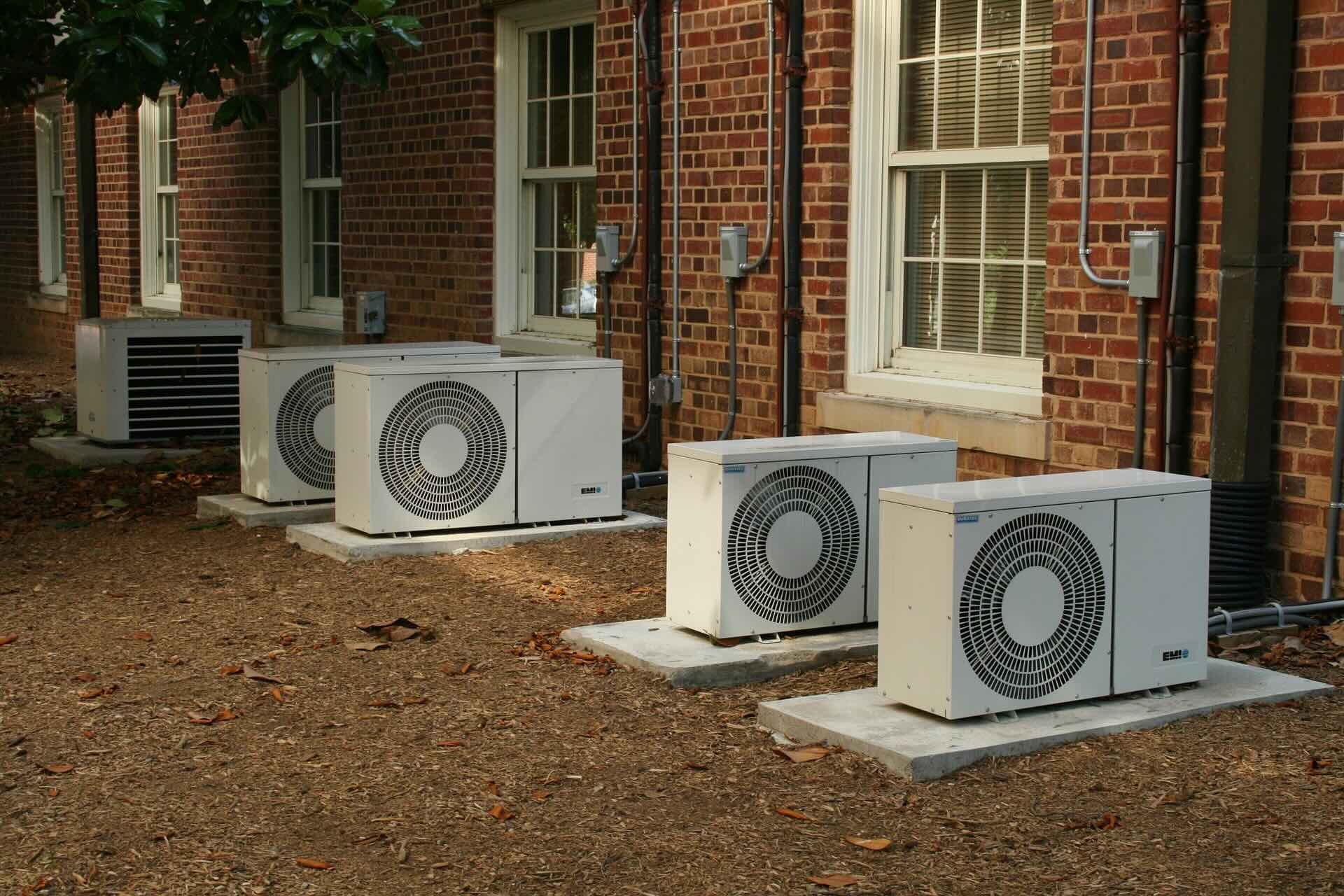
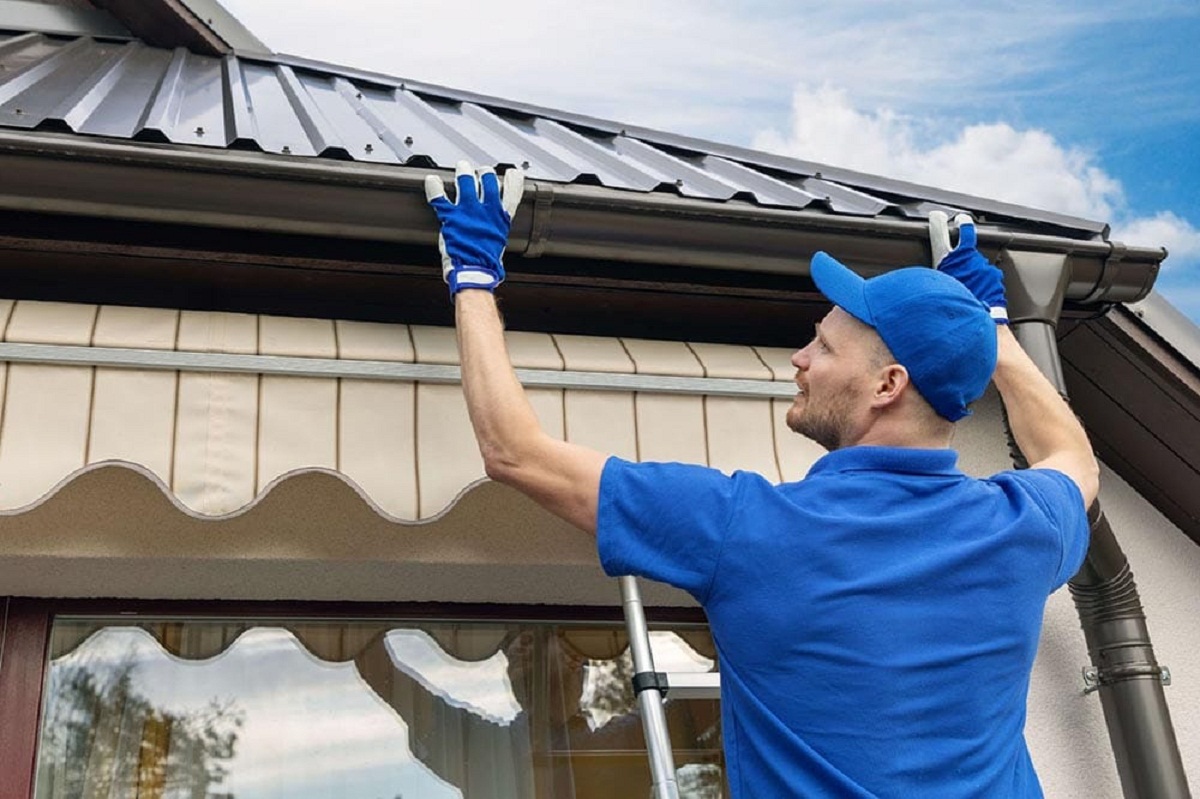

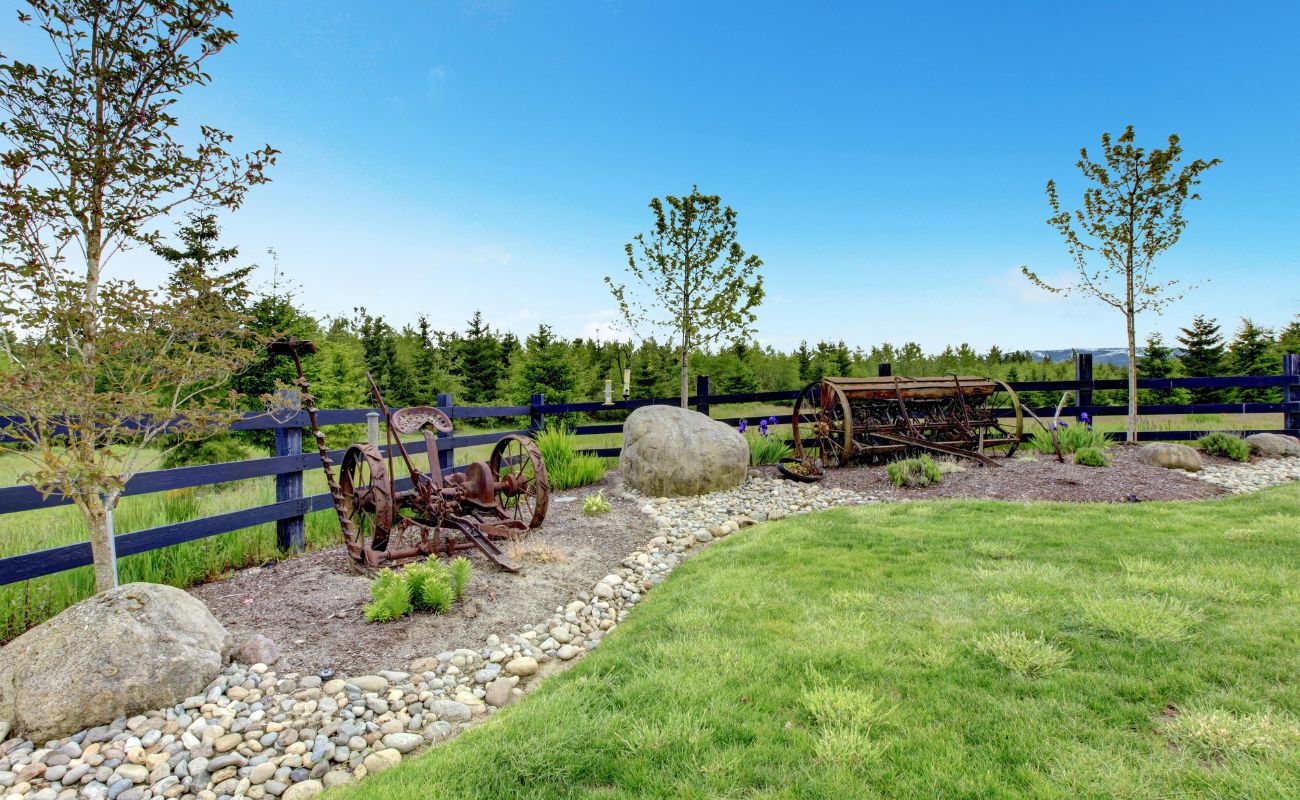
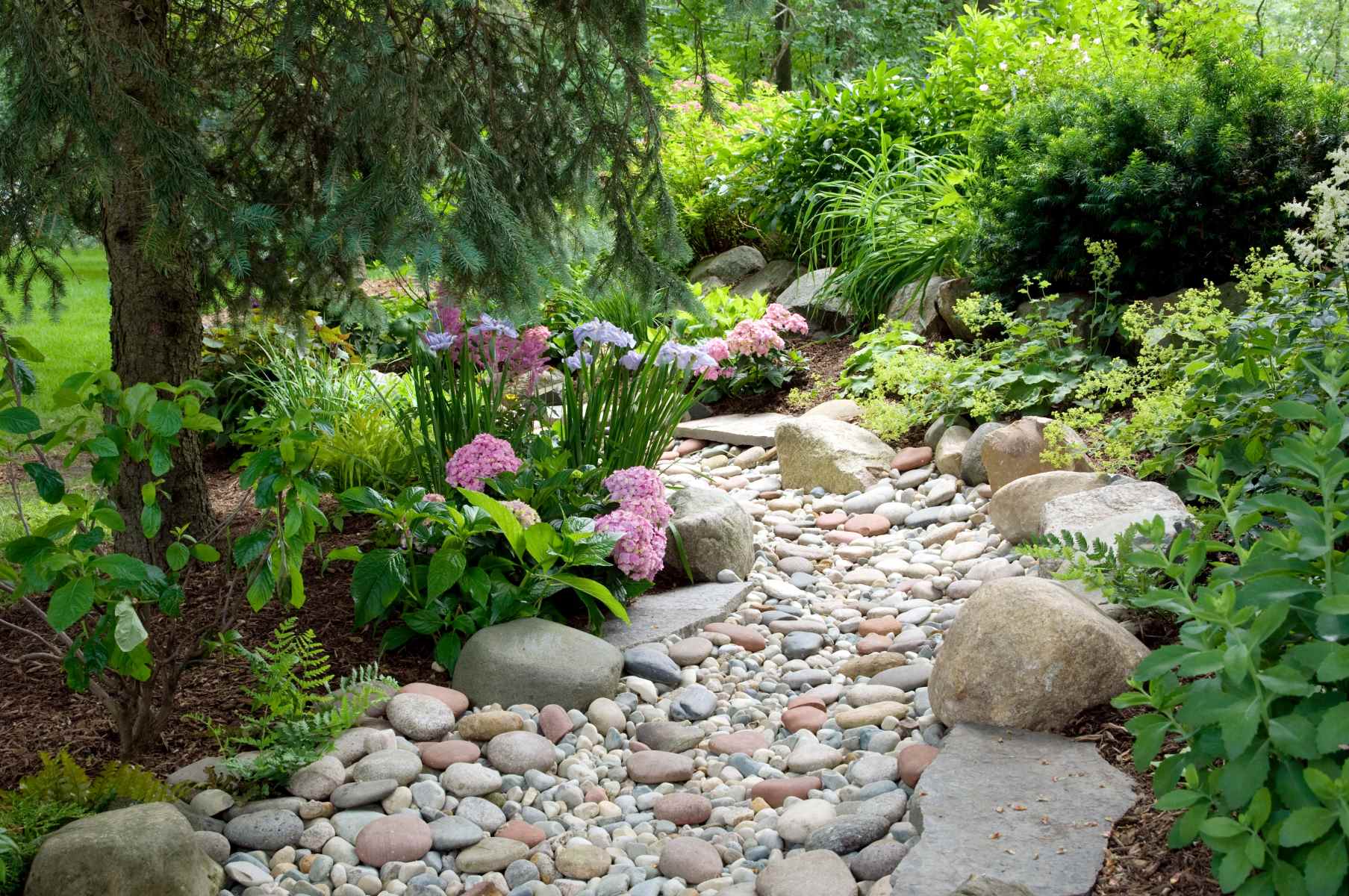
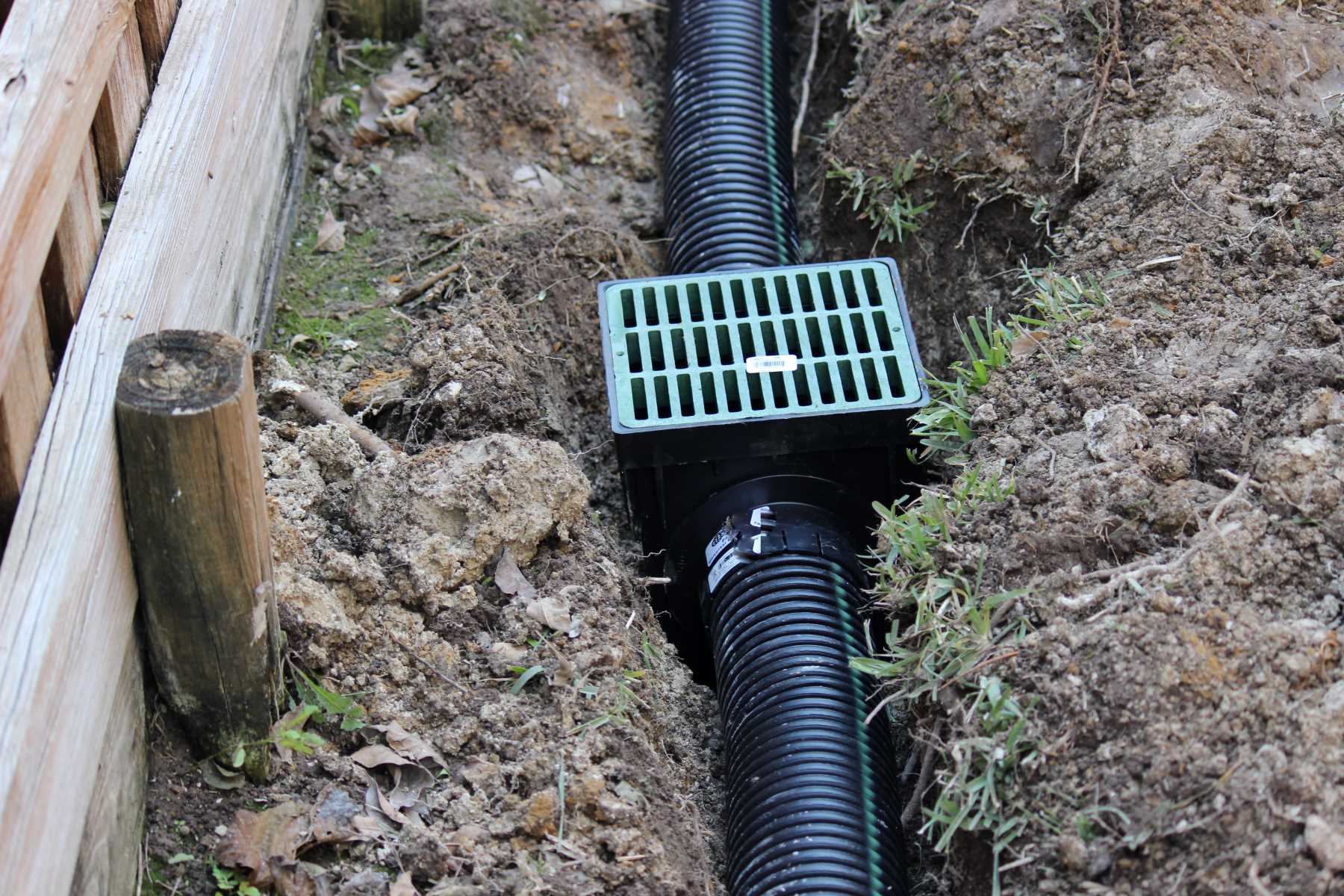

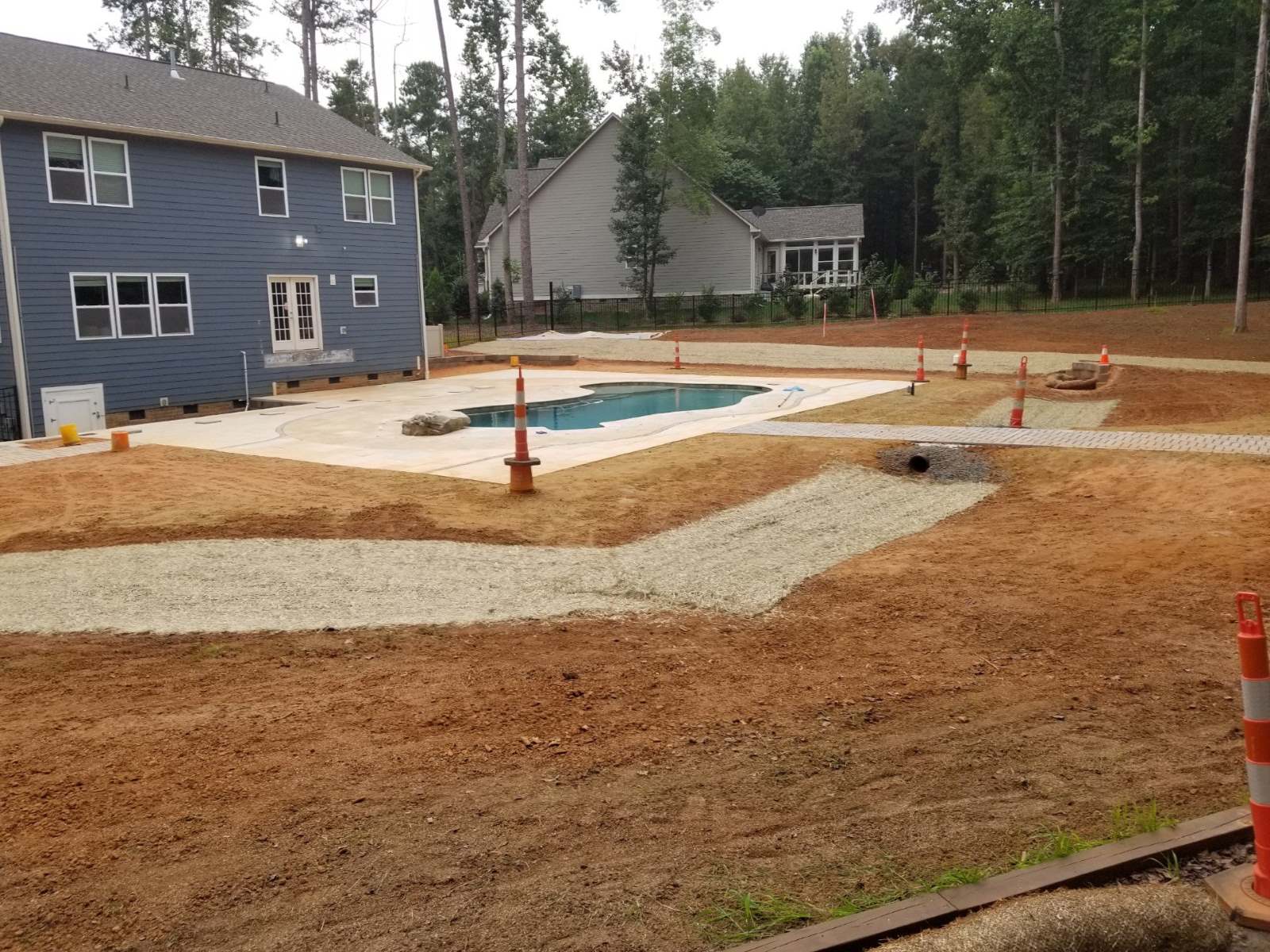
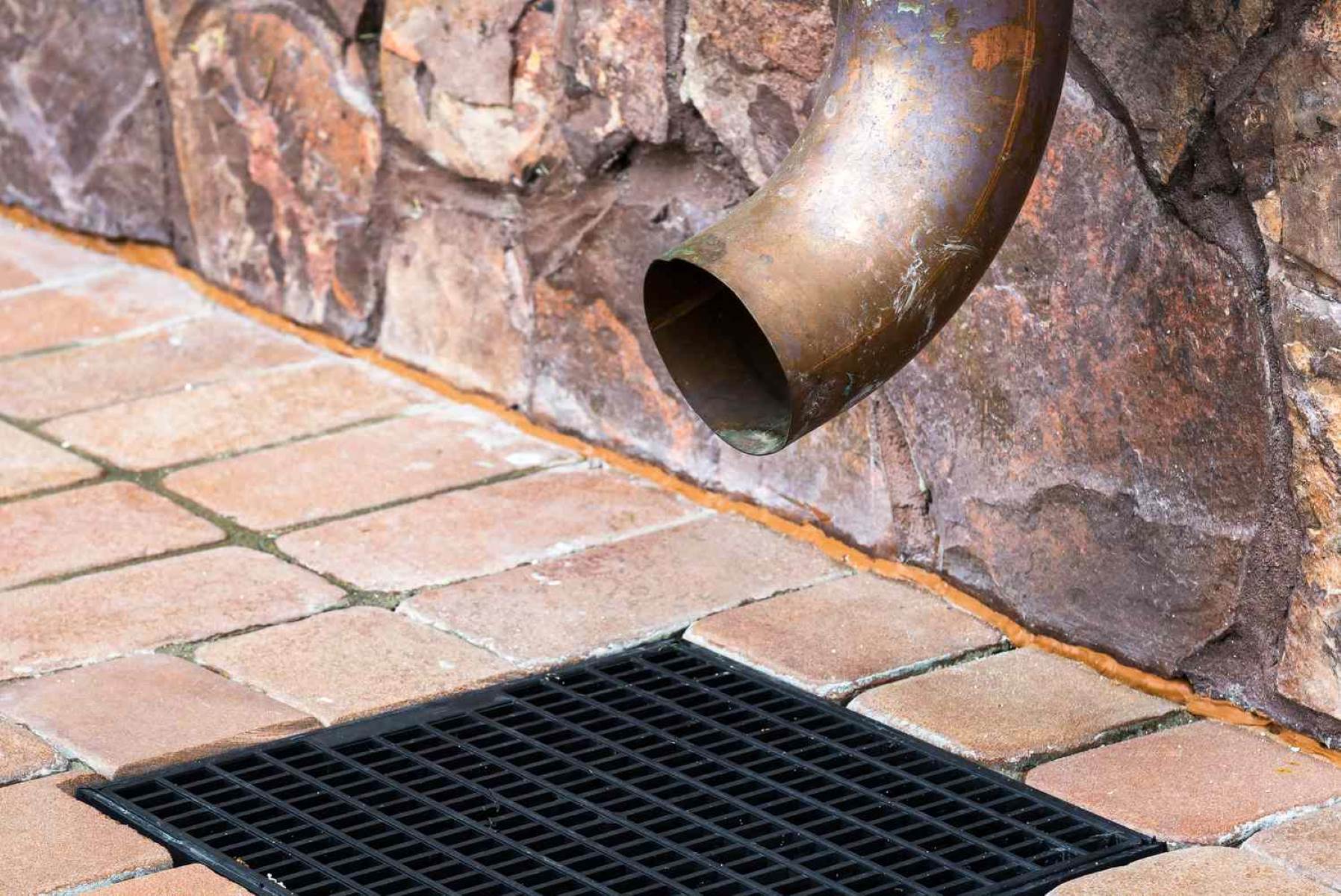
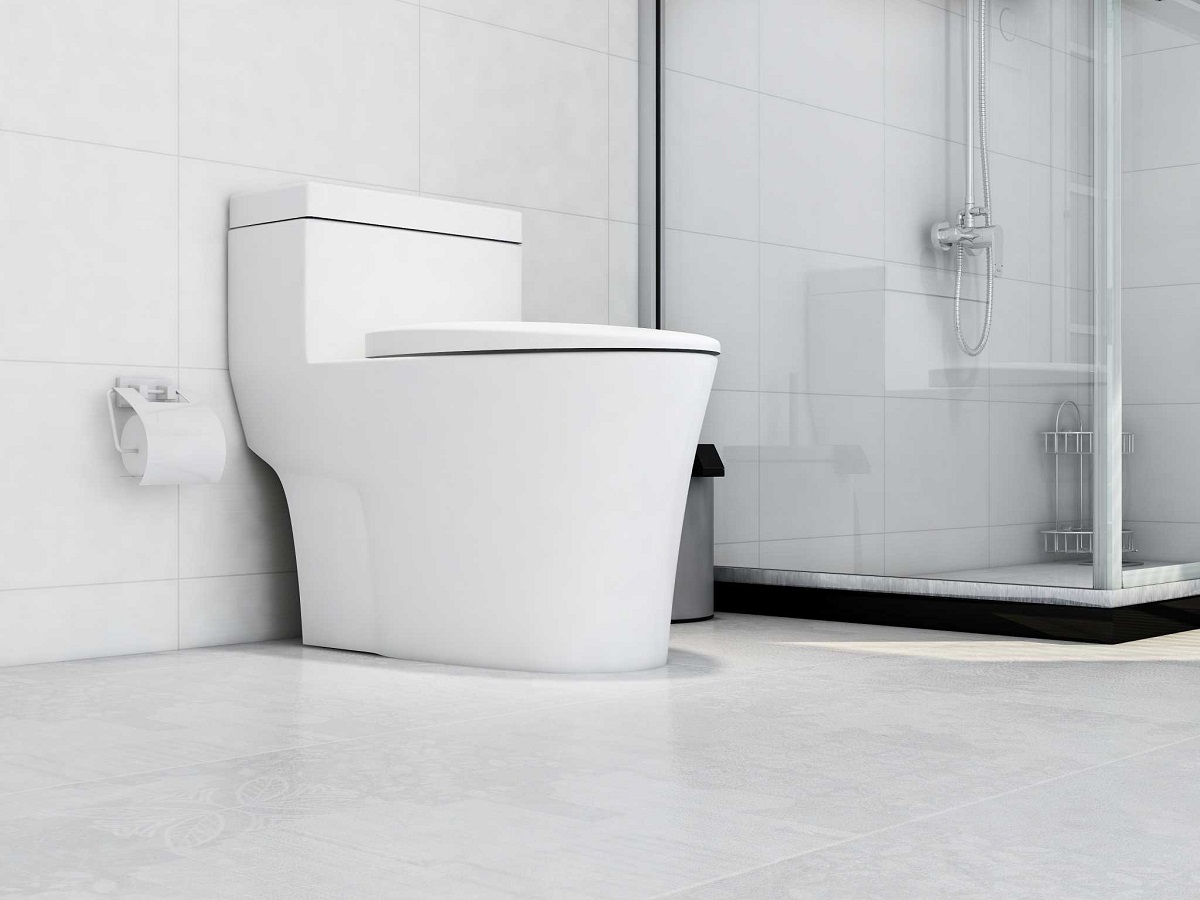
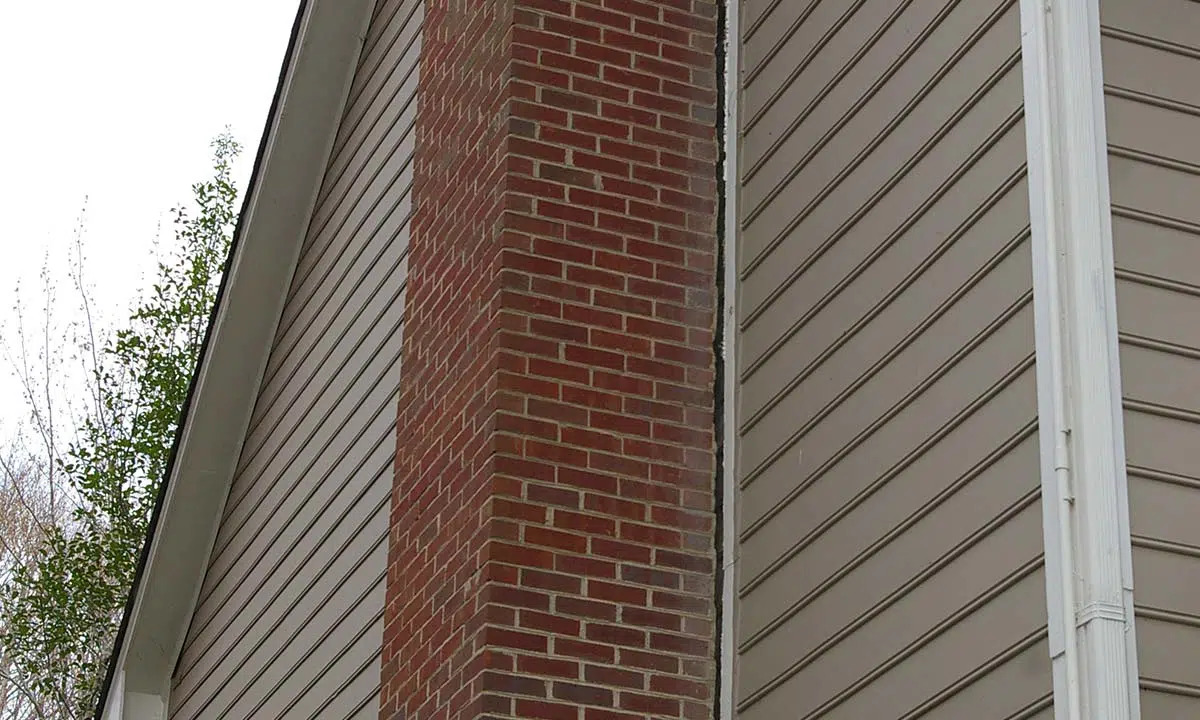


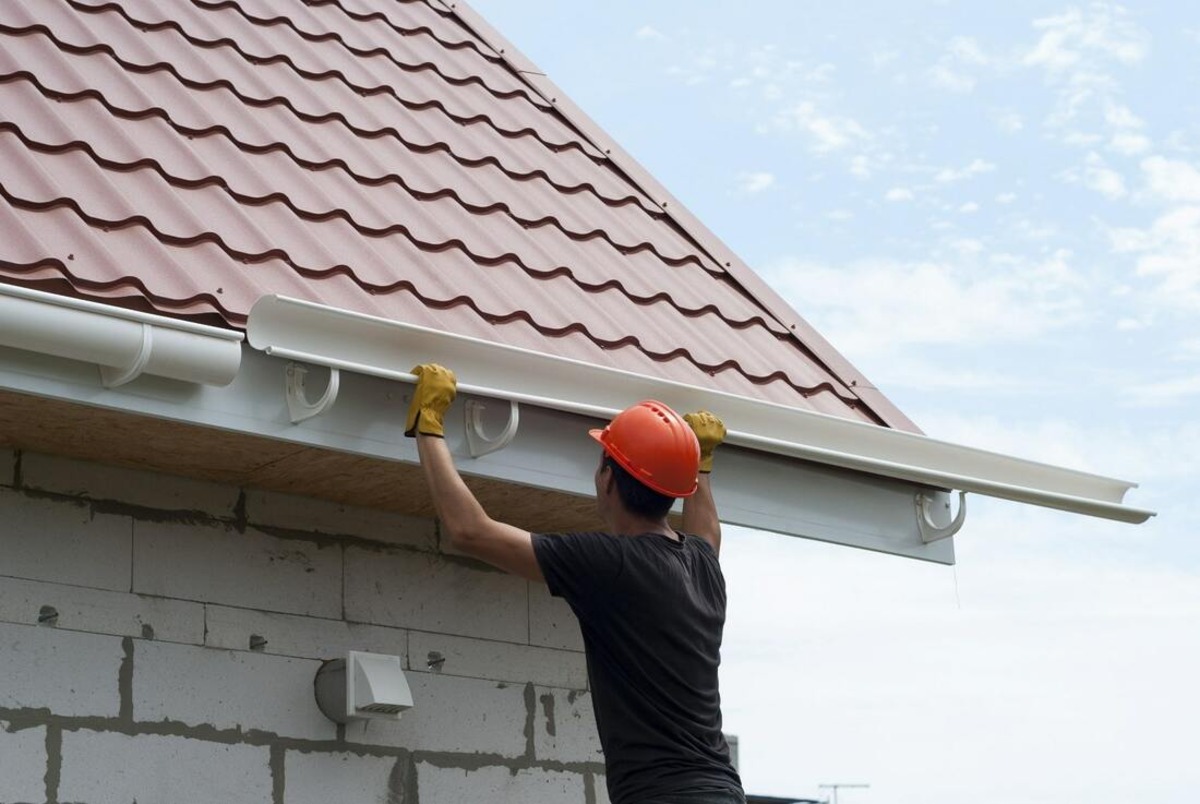

0 thoughts on “How Far Away From House Should Gutters Drain”